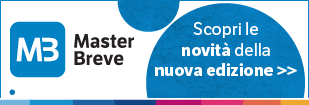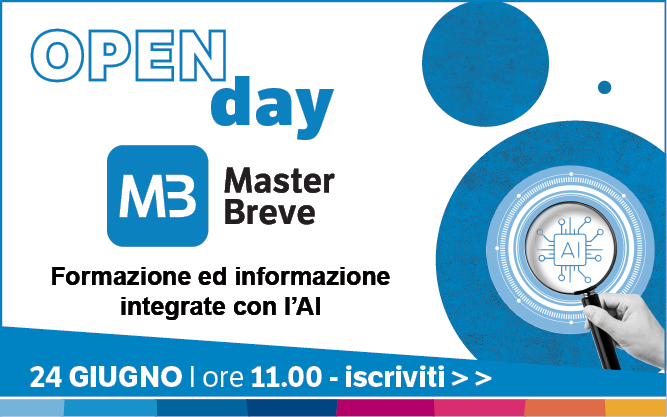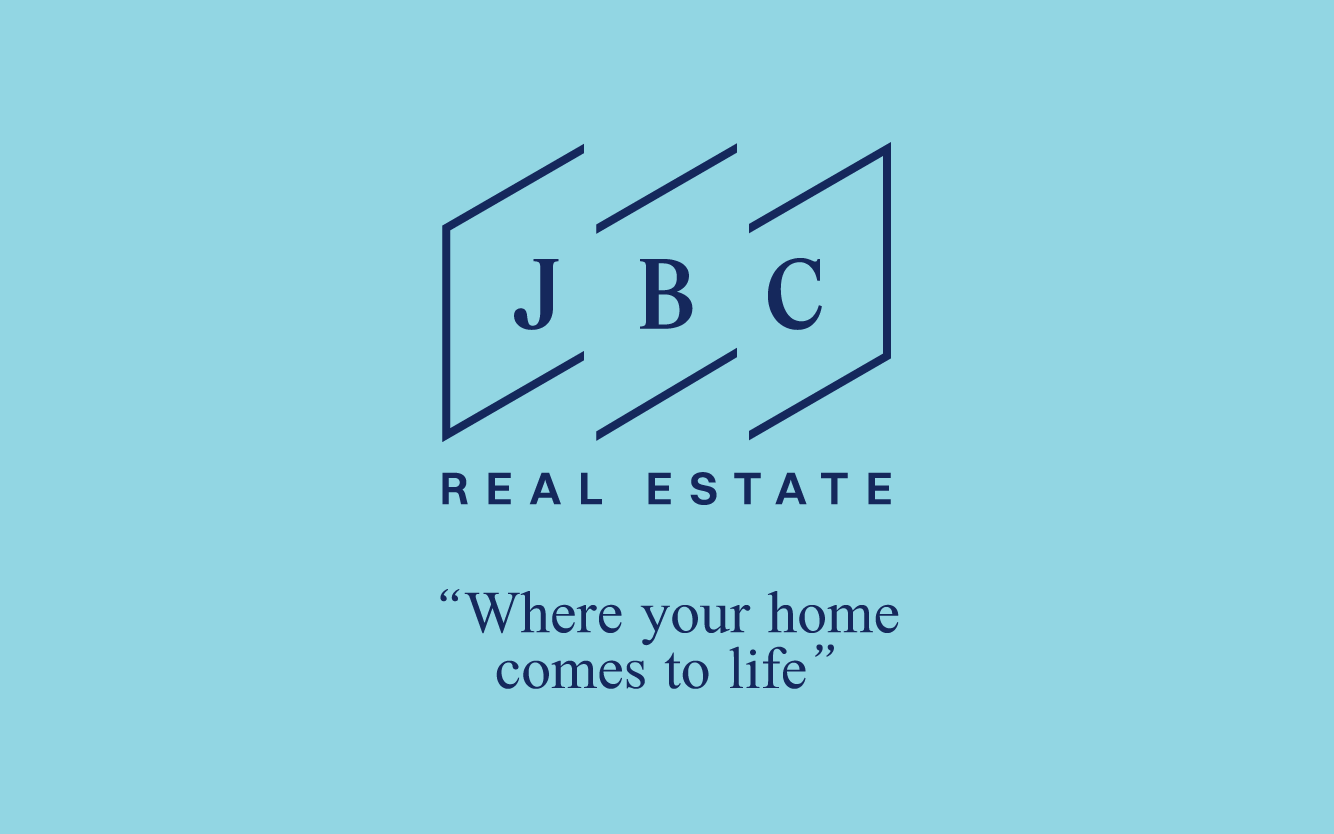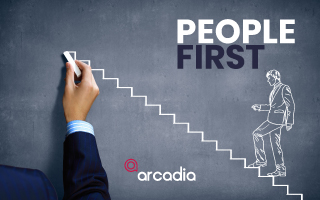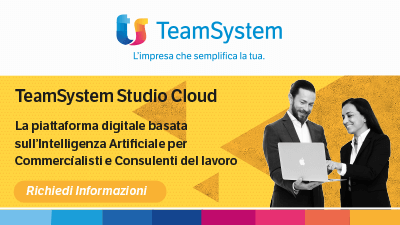Once upon a time, a traditional work environment involved starting work at 09:00 at your desk in your office and appearing to keep busy until 18:00 before heading for home. A definition of a model employee would be taking orders from their manager (in the same office) and working hard whatever the weather. However, as technology has developed and the power of smartphones and the internet has improved, a lot of companies are beginning to create virtual teams, with members of the team living all over the world. Employees can answer emails, attend meetings and prepare reports from their own homes and regularly outside of those traditional standard working hours. A model worker now is someone who can work smarter and not only harder.
The workplace of today is not only changing location and working hours though, many companies are moving away from the constant management approach, with managers always supervising their staff and telling each employee exactly what to do, towards a project-based strategy. This means managers have a responsibility of identifying project goals and encouraging teamwork and collaboration in order to achieve them. This means that individuals in the organisation may have different roles with different projects, however, it is the manager of the project that ties it together and supports that active collaboration.
This agile working approach needs to be adopted so each company can identify the most efficient and appropriate method of achieving its goals. Unilever, the consumer goods company, defines agile working as ‘an approach to getting work done with maximum flexibility and minimum constraints’.
Agile working does not only mean giving employees permission to work from home and organise their own working hours. Another representation of agile working could be environments designed in line with the different types of work taking place. This is a workspace that allows people to work at their best and be more productive. An agile workspace could include larger more open areas with smaller tables for employees to group together and work in collaboration or with standing desks to help to improve energy levels and productivity. It might also include quiet zones for time to think and clear the mind and social areas for people to relax and chat together. As with most things concerning agile working, there is not one single unique approach. Agile workspaces must be adapted to each individual and their own role in the organisational structure as agile working is about valuing people and their activities and not having them limited by the physical workplace.
Essentially, agile working is about being available and ready to change the way we operate and work, that could be through our working timetable, our actual physical workspace, the technology we take advantage of, the nature of our roles, and the way we collaborate, or even the actual way our work is done. By nurturing and endorsing this agility and flexibility, we can successfully adapt to the ever-changing world we live in, while simultaneously creating a more dynamic workforce and improving our performance and productivity.



